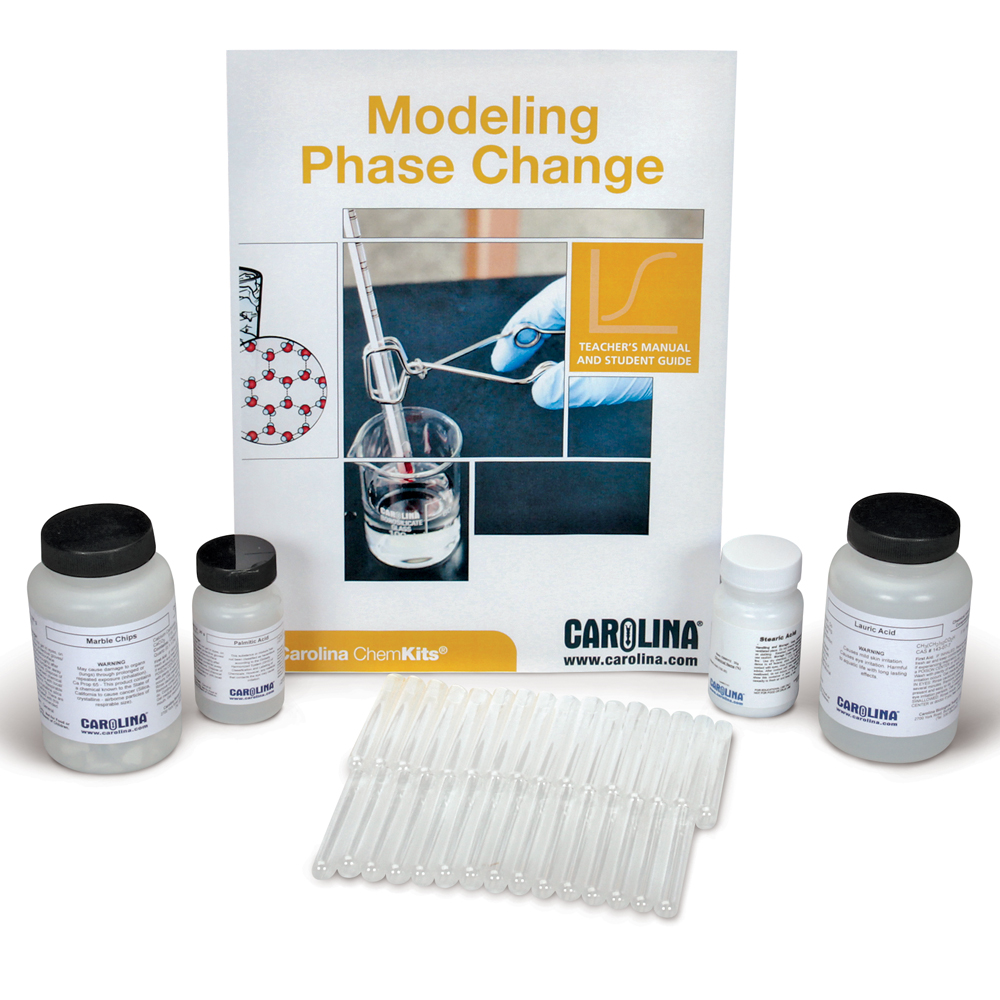Description
Different options can be employed to determine a chemical’s purity. Infrared spectroscopy is a highly precise and accurate technique, but an IR spectrometer costs thousands of dollars. Many developers and researchers must use simpler, less expensive techniques for determining purity. What physical or chemical properties might be tested to determine a substance’s purity with little time or cost? Students will explore the investigative phenomenon by focusing on lauric acid as they build toward answering the driving question, “What role do intermolecular forces play in phase change, and how can that role be seen in heating and cooling curves?”
Time Requirement
Total, 345 minutes. Teacher prep, 90 minutes. Pre-lab, 75 minutes. Investigation 1, 75 minutes. Investigation 2, 75 minutes. Assessment, 30 minutes.
Digital Resources
Includes 1-year access to digital resources that support 3-dimensional instruction for NGSS. Digital resources may include a teacher manual and student guide, pre-lab activities and setup videos, phenomenon videos, simulations, and post-lab analysis and assessments.
Performance Expectations
HS-PS1-3
HS-PS3-2
Crosscutting Concepts
Patterns
Disciplinary Core Ideas
PS1.A: Structure and Properties of Matter
Science and Engineering Practices
Developing and Using Models
Learning Objectives
- Generate graphical models of temperature change in multiple compounds
- Use their models to identify unknown substances and to determine the purity of a sample.
.
Prerequisite Knowledge and Skills
Familiarity with intermolecular forces, states of matter and phase change terminology, graphing and graphical analysis, and taking thermometer readings.

